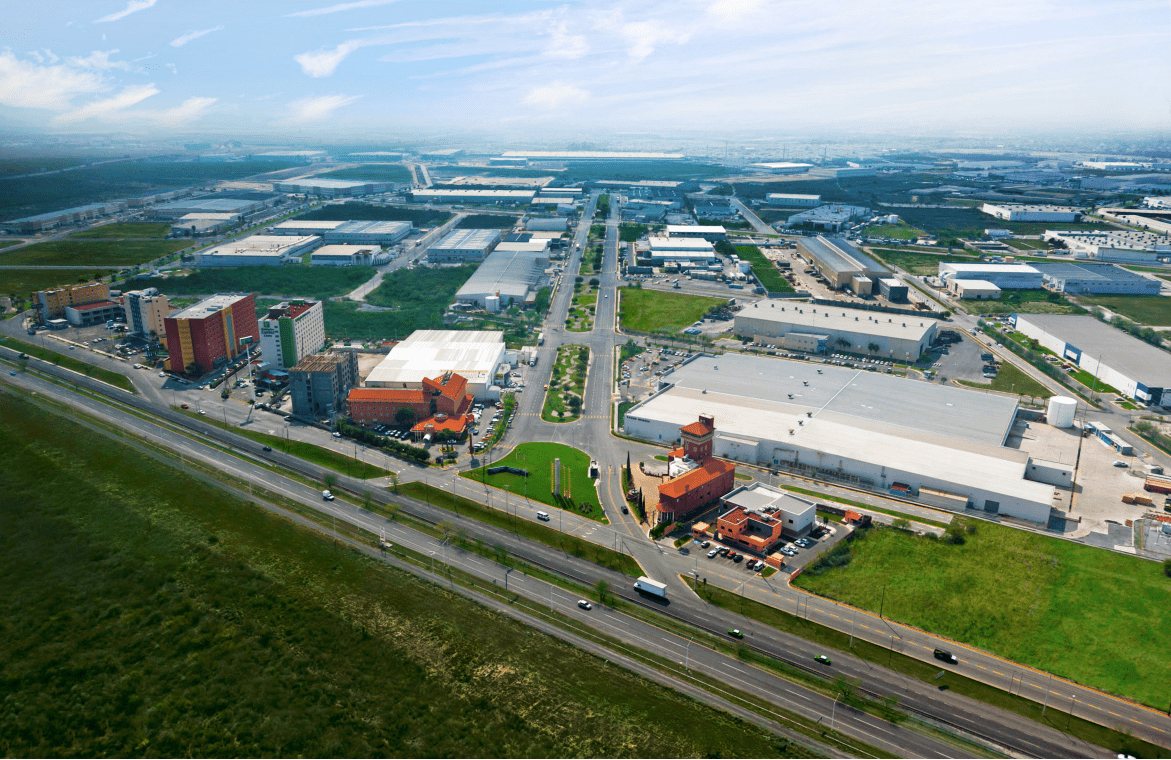
FINSA released the Industrial Development Index 2024 (IDI 2024) which highlights that, although Mexico faces significant challenges in the industrial sector , due to infrastructure needs, as well as geopolitical changes and the reconfiguration of global supply chains, the country is in a privileged position, being the main commercial partner of the United States.
According to the company, the second edition of the document offers a detailed state-by-state view of the progress and aspects that require attention to take advantage of the global context with new measurement parameters that help continue exploring the opportunities of nearshoring .
“The second edition of the IDI 2024 seeks to highlight the areas where progress is being made and those that require a change of direction. This year we have restructured the environmental dimension of the index, incorporating new indicators related to wastewater treatment, clean energy generation, energy efficiency and sustainable construction, as a way of recognizing their growing importance in decision-making on new investments,” said Sergio Argüelles, founder and CEO of FINSA.
The IDI 2024 aims to measure the capacity of Mexican federal entities to support industrial activity and promote its growth in the future, through five dimensions: infrastructure, economic environment, social environment, environment, and talent and innovation.
In the current edition of the index, two new specific analyses have been included: attractive states for nearshoring , and an analysis of alignment with the European Industry 5.0 model that seeks to balance innovation with social and sustainable development.
In this sense, Nuevo León, Chihuahua and Coahuila again occupy the first three positions, standing out in key indicators such as available industrial space, new growth trends in construction, participation in the industrial Gross Domestic Product (GDP), manufacturing exports and attraction of foreign direct investment in the secondary sector.
Nuevo León leads in industrial infrastructure with 1,590 hectares and an average annual growth of 100 hectares, followed by Chihuahua with 1,020 hectares, Baja California with 730 and the State of Mexico with 690.
The largest annual growth was in Chihuahua with 42 hectares, Baja California 32.6, Coahuila 32.2 and the State of Mexico 31.6 hectares.
In the economic sphere, 51% of the country’s manufacturing GDP is concentrated in six entities in the border, Bajío and central regions: Nuevo León (12.4%), State of Mexico (9.5%), Coahuila (8.6%), Jalisco (7.6%), Guanajuato (6.8%) and Baja California (6.5%).
Likewise, 53% of manufacturing exports come from Chihuahua, which contributed 14%, Coahuila contributed 12%, Baja California 10%, Nuevo León 10% and Tamaulipas represented seven percent.
In the social environment dimension, the average income of the economically active population increased from 50.34 pesos to 59.35 pesos per hour, with 13 states surpassing the $60 per hour barrier, compared to six in the previous edition.
On the other hand, the environmental dimension has been updated with renewed indicators and sources, including the percentage of treated wastewater, in which Aguascalientes, Durango and Nuevo León stand out; energy efficiency, led by Mexico City, Nayarit and Jalisco; and sustainable construction, where Baja California, Mexico City and Nuevo León stand out.
In terms of talent and innovation, Mexico City maintains its leadership in almost all indicators, except in the new indicator of enrollment in technical education under the scheme of the National College of Professional Technical Education (CONALEP) and the General Directorate of Industrial and Services Technological Education (DGETI) , in which Sonora and Quintana Roo stood out.
However, applications for inventions have shown a downward trend, with an average that fell from 10 to 9.5 per 100,000 inhabitants in the last five years.
The most attractive regions for nearshoring in Mexico are the northern border, the Bajío region, and the center of the country. The border region stands out for its industrial space, the Bajío region for its levels of innovation and rule of law, and the central region for its qualified talent.
The most advanced states in Industry 5.0 due to their balance in innovation, social development and sustainability are Mexico City, Querétaro, Jalisco, Nuevo León and Aguascalientes. However, some, such as Morelos and Guanajuato, present imbalances in social development, and others, such as Yucatán and Chihuahua, in sustainability.
San Luis Potosí and Coahuila are the most consistent in all three aspects, while Aguascalientes and Tlaxcala stand out in social development and sustainability, although not in innovation.
“Mexico is in a privileged position as a neighbor and commercial partner of the United States, which allows it to strengthen its integration into North American value chains and attract foreign investment to relocate productive capacity. However, to take advantage of this opportunity, the country must face critical challenges in terms of energy, transportation and logistics infrastructure, qualified talent, security and the rule of law. The responsibility of addressing these issues falls on both the productive sectors and the three levels of government,” said Sergio Argüelles.
Comment and follow us on X: @GrupoT21















